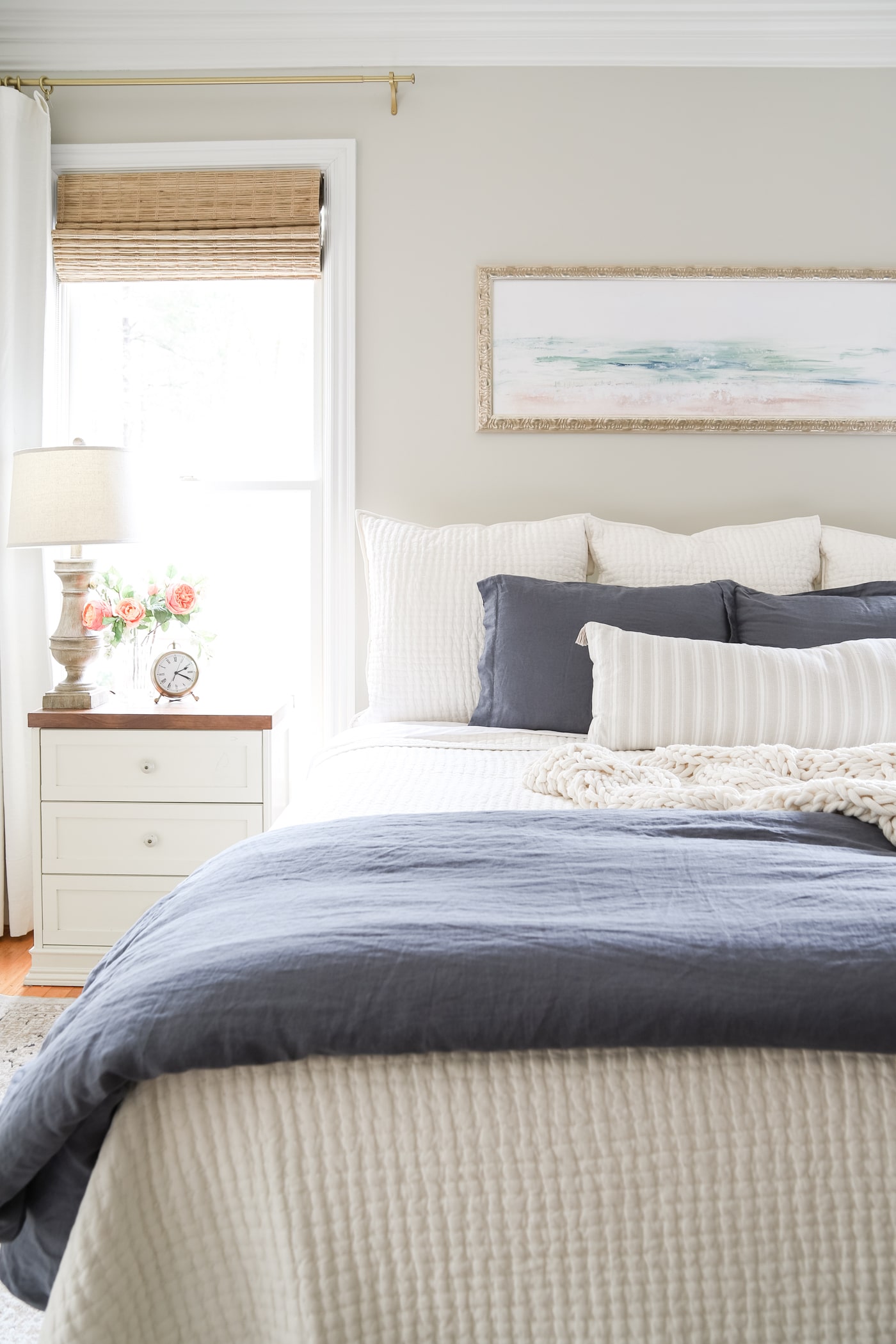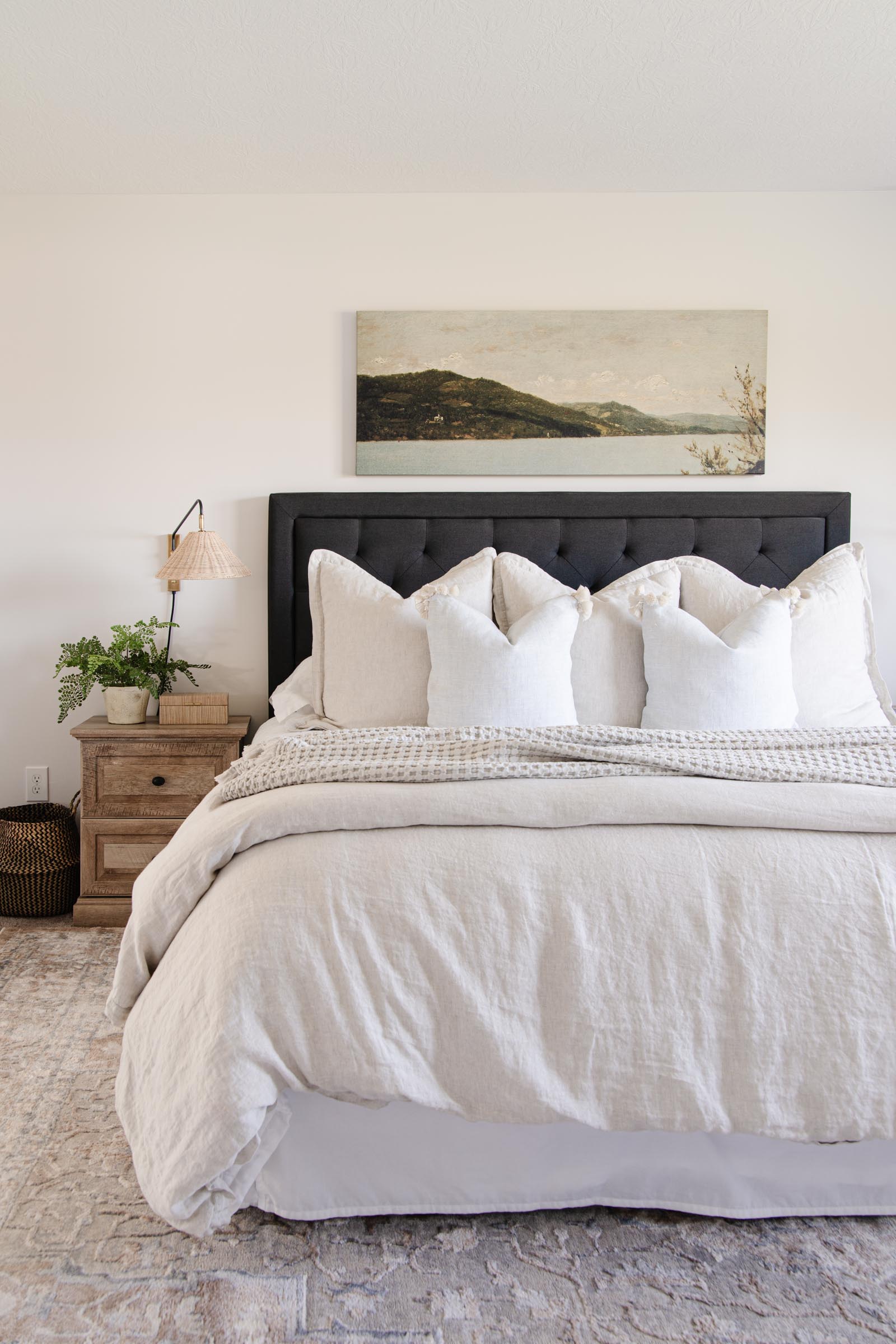Trying to come up with fresh bed layering ideas can feel overwhelming, especially when nothing you try looks right or feels comfortable enough to sleep in.
You might search for some ways on how to layer a bed and end up with too many steps or styles that don’t match your space or your daily routine.
Sometimes you buy all the right pieces, but your bed still feels flat, awkward, or like it’s missing that extra cozy layer of warmth.
It’s frustrating when the pillows won’t sit right, the blanket looks out of place, or the setup just feels stiff and unfinished.
Many people want a cozy bed setup that looks soft and pulled together, but layering feels confusing and kind of time-consuming to figure out.
You try copying those bed styling techniques you see online, but somehow your own bed ends up looking more cluttered than inviting.
It’s easy to toss a few blankets on the bed and still feel like something’s not coming together the way you pictured it.
This post may contain affiliate links. As an Amazon Associate and a participant in other affiliate programs, I earn a commission on qualifying purchases at no additional cost to you.
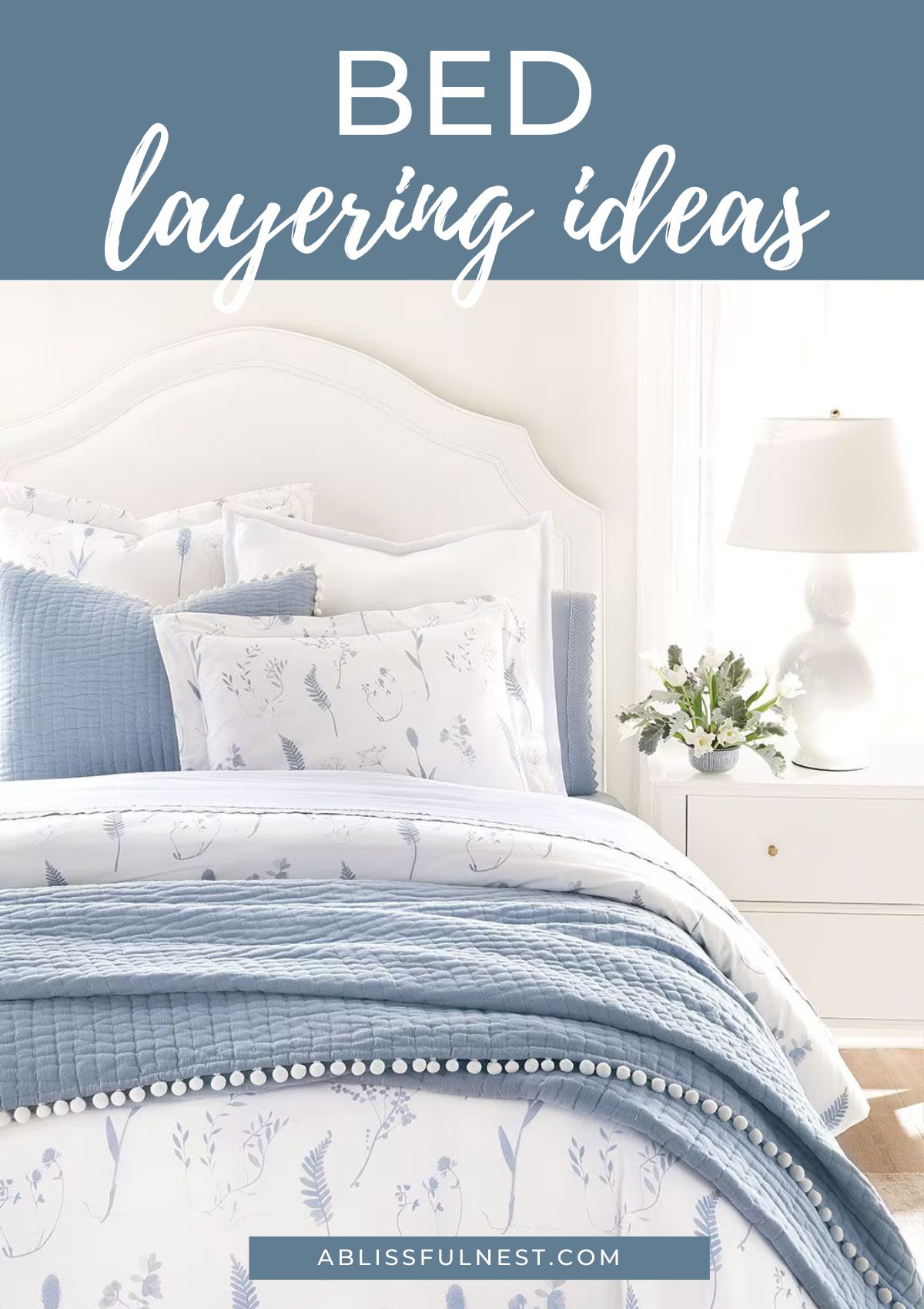
The truth is, even nice bedding can fall flat if you don’t know how to layer it in a way that feels natural and lived-in.
You don’t need a bunch of expensive pieces or fancy tricks, just a few easy tips that make your bed look better and feel amazing.
So, I’m excited to share these bed layering ideas that are simple, comfortable, and easy to make your own without starting from scratch every single time.
Why Layering a Bed Makes a Difference
Using different layers of bedding might seem like a small detail, but it makes your whole room feel warmer, softer, and more thoughtfully put together.
It’s one of those details that turns a basic space into something that feels inviting, relaxing, and truly lived in every single day.
When your bed looks full and layered, it automatically feels more welcoming, even if the rest of the room is pretty simple or plain.
It’s not just about looks either, because each layer adds comfort, warmth, and texture that make a big difference in how well you sleep.
A layered bed gives you more control over comfort, so you can add or remove pieces depending on the weather or your mood.
The right layers help balance out the colors and patterns in your space, which makes everything feel calmer and intentional.
You don’t need fancy or expensive bedding… just a few smart pieces and a little layering know-how can completely change the vibe.
It also helps your room look fresh with every season since you can swap out textures or colors without redoing everything.
A well-layered bed works for real life, not just photos, and it still looks great after a busy day or a messy morning.
Once you try it, you’ll notice how much better your room feels, even if you only change one or two simple layers.
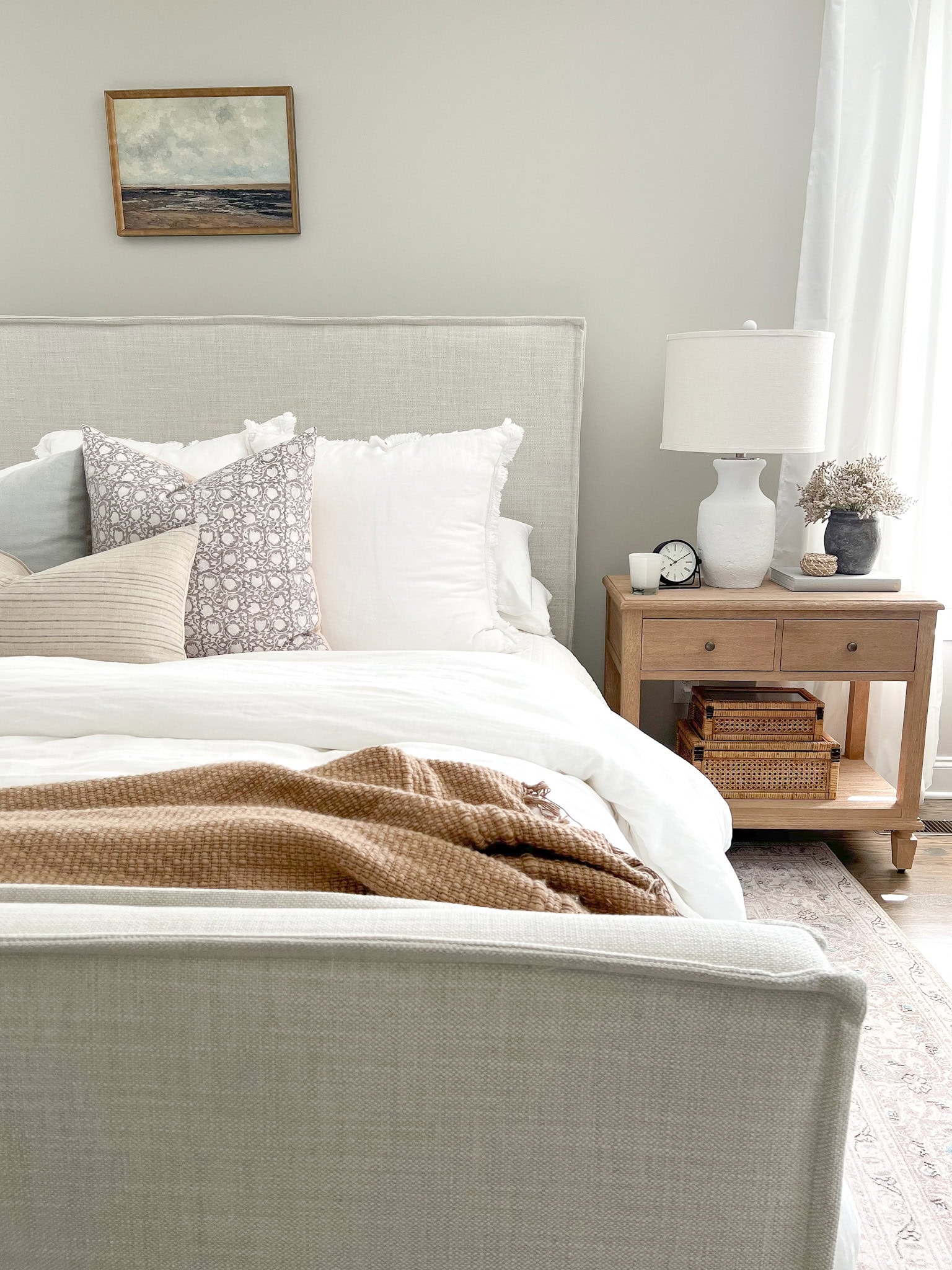
Basic Bedding Layers You Need to Know
Understanding the basic bedding layers helps you create a comfortable and stylish bed that looks inviting and feels great every night.
Start with a fitted sheet that feels soft and stays put, because nobody wants to wrestle with wrinkled sheets every single morning.
Add a flat sheet if you like that extra layer to make the bed feel a little more finished, and give you another layer of comfort.
Next comes your comforter, duvet, or main blanket, which sets the tone and gives the bed its shape, warmth, and overall cozy feel.
A quilt or coverlet adds depth without bulk, and you can fold it at the foot of the bed for that layered designer look.
Start your pillow layers with the two you actually sleep on, and prop them up to give the bed a nice, structured base.
Add a pair of euro pillows or larger squares to bring height and softness behind your everyday sleeping pillows.
A few smaller accent pillows or a long lumbar pillow help break things up and make the bed look more finished and pulled together.
Top it off with a throw blanket, folded neatly or tossed at the end of the bed to give it texture without too much fuss.
Every piece you add serves a purpose, some for comfort, some for looks, and they all come together to create a cozy, balanced setup.
Once you know what goes where, making the bed stops feeling like a chore and starts becoming part of your daily reset.
Would you like to save this post?
Layered Bedding Ideas with Different Color Schemes
Neutral bed layering ideas like ivory, taupe, and soft gray are perfect when you want a calm space that still feels cozy and put together.
Try layering beige sheets with a white quilt and a soft gray throw. It’s simple, fresh, and works with nearly every furniture style or room size.
For a cozier feel, go with warm and earthy tones like clay, rust, or caramel mixed with creamy white or oatmeal-colored blankets.
These colors give off that lived-in comfort, especially when paired with linen textures and soft lighting from lamps or natural light.
Cool-toned layers like soft blue, clean white, and gentle gray help your bed feel airy, fresh, and super breathable during warmer months or bright seasons.
A pale blue duvet with white sheets and a striped gray throw can give your bed a breezy, peaceful feel without looking too plain.
Want a little color? Add a bold accent pillow in olive green, deep navy, or mustard to bring in interest without overpowering the whole bed.
If you like patterns, stick to soft florals, thin stripes, or tone-on-tone textures that blend well with the rest of your bedding.
Balance is key, so keep your foundation neutral, then add just one or two eye-catching elements so it still feels calm, not busy.
These color combos work year-round and make it easy to swap out throws, pillows, or quilts when your mood or season changes.
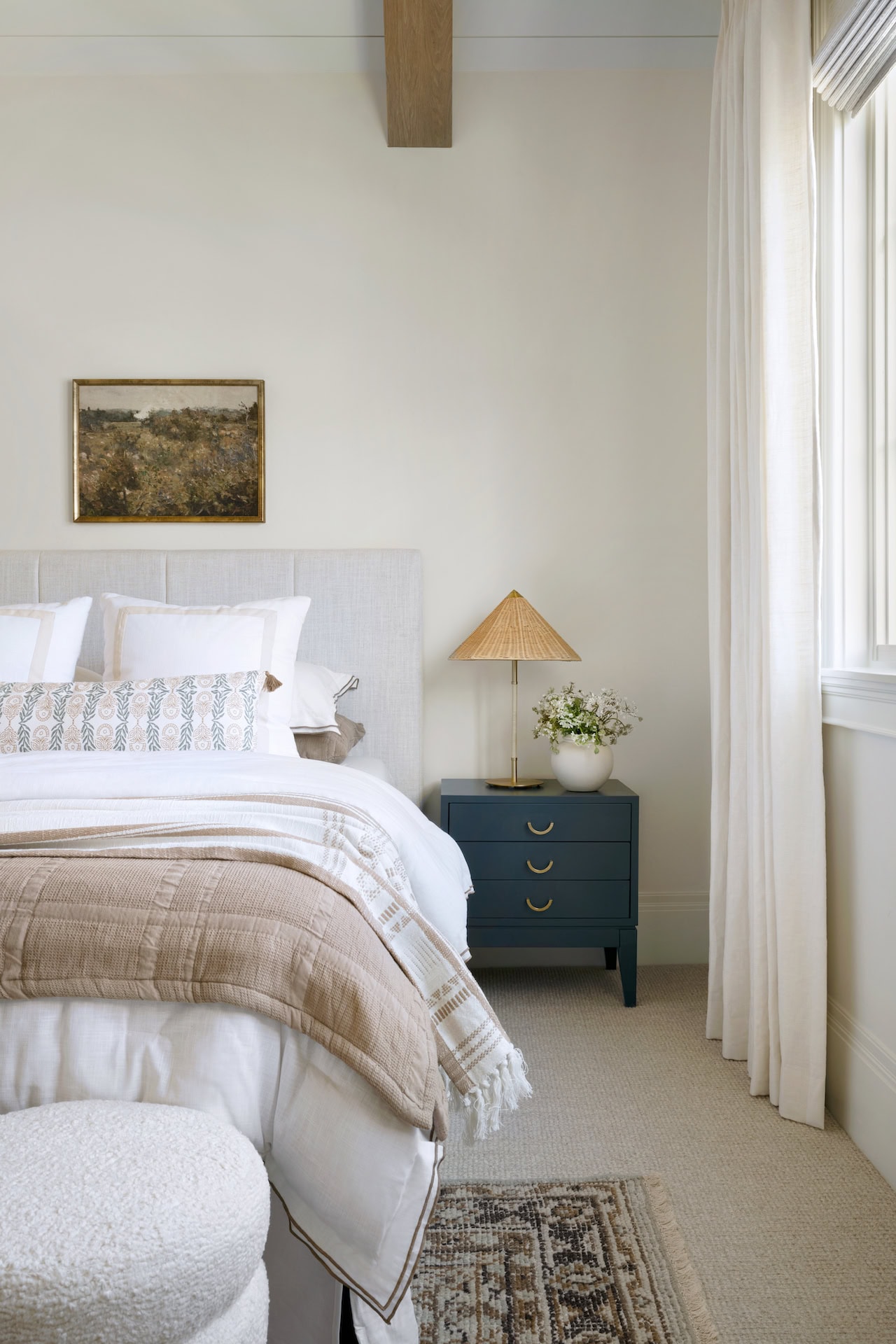
Best Bedding Pieces To Use For Layering
You don’t need a bunch of expensive items to layer your bed… just the right pieces that mix comfort, texture, and style all in one.
Focus on simple items that feel soft, look good together, and can be swapped out when the seasons or your mood start to shift.
Here are some of the best bedding pieces to create a layered look that combines warmth, texture, and effortless style throughout the year.
Tap Photos To Shop
Seasonal Bed Layering Ideas
Your bed should feel right all year long, so switching up layers by season helps you stay comfortable without needing a full bedding overhaul.
In summer, go light with a breathable flat sheet and a thin quilt or woven blanket that keeps you cool while still making the bed look styled.
Cotton and linen are your best friends in hot weather since they let air move and don’t trap heat like heavier fabrics can.
Fall is the time to bring in thicker textures like flannel or waffle-weave blankets, along with warmer colors like rust, camel, or deep olive green.
For winter, layer a plush duvet over a quilt and add a heavy throw or two to make the bed feel warm and extra inviting.
Try using heavier fabrics like velvet or brushed cotton for pillows and throws—they bring weight and comfort without needing too many extra layers.
Spring is all about fresh starts, so lighten things up with pale colors and breathable blankets, even if the weather still feels a little cool.
You don’t have to swap everything… just changing a few textures or colors makes your whole bed feel right for the season.
Neutral base layers make it easy to switch seasonal items in and out without clashing or starting from scratch every few months.
The key is layering smart so your bed always looks fresh, feels cozy, and works with whatever the weather is doing outside.
Frequently Asked Questions
A well-styled bed usually includes about five to six layers, starting with fitted and flat sheets, followed by a quilt or duvet, pillows, and a finishing throw. These layers add texture, warmth, and visual interest, creating a cozy and inviting space that looks thoughtfully put together.
A duvet consists of a soft insert inside a removable cover, allowing easy washing and switching of styles or colors. In contrast, a comforter is a single, often heavier piece with stitching that holds the filling in place, providing a puffier and sometimes warmer feel.
Keep your bedding layers neat but relaxed by loosely folding throws and fluffing pillows so the bed feels cozy, lived-in, and welcoming. Avoid overly stiff or perfectly aligned layers, as a natural drape and slight imperfection create a warm and approachable atmosphere.
Yes, maintain neutral base layers like sheets and pillowcases, then swap out quilts, throws, and pillows to suit each season’s colors and warmth needs. This approach lets you refresh your bedding easily while keeping a cohesive and balanced look all year round.
Absolutely, mixing treasured older bedding with new textured pieces adds depth and personality to your space, making it feel more unique and personal. This blend prevents your bed from looking too uniform or store-bought, creating a comfortable, stylish, and lived-in look.
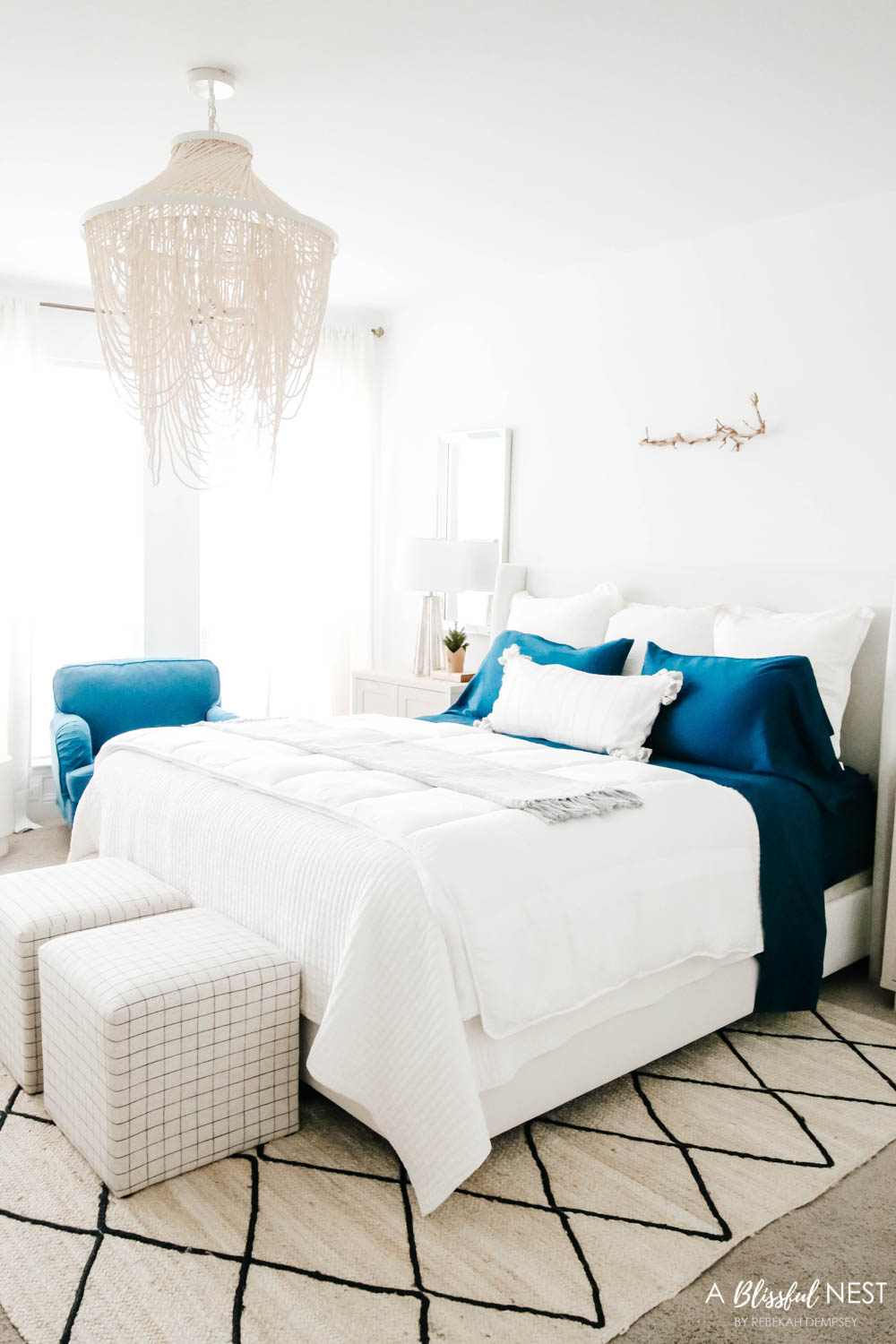
You don’t need a huge budget or a designer’s help to make your bed feel cozy, layered, and pulled together every day.
The best bed layering ideas work with what you already have and let you add pieces that feel right for the season or your style.
Layering your bed is really about comfort first, then adding those extra touches that make the whole space feel more finished and welcoming.
Whether you like soft neutrals or pops of color, there’s a way to make layering feel easy, not like another chore.
Once you figure out what you like, bed layering becomes something fun to change up, not something you dread doing each morning.


